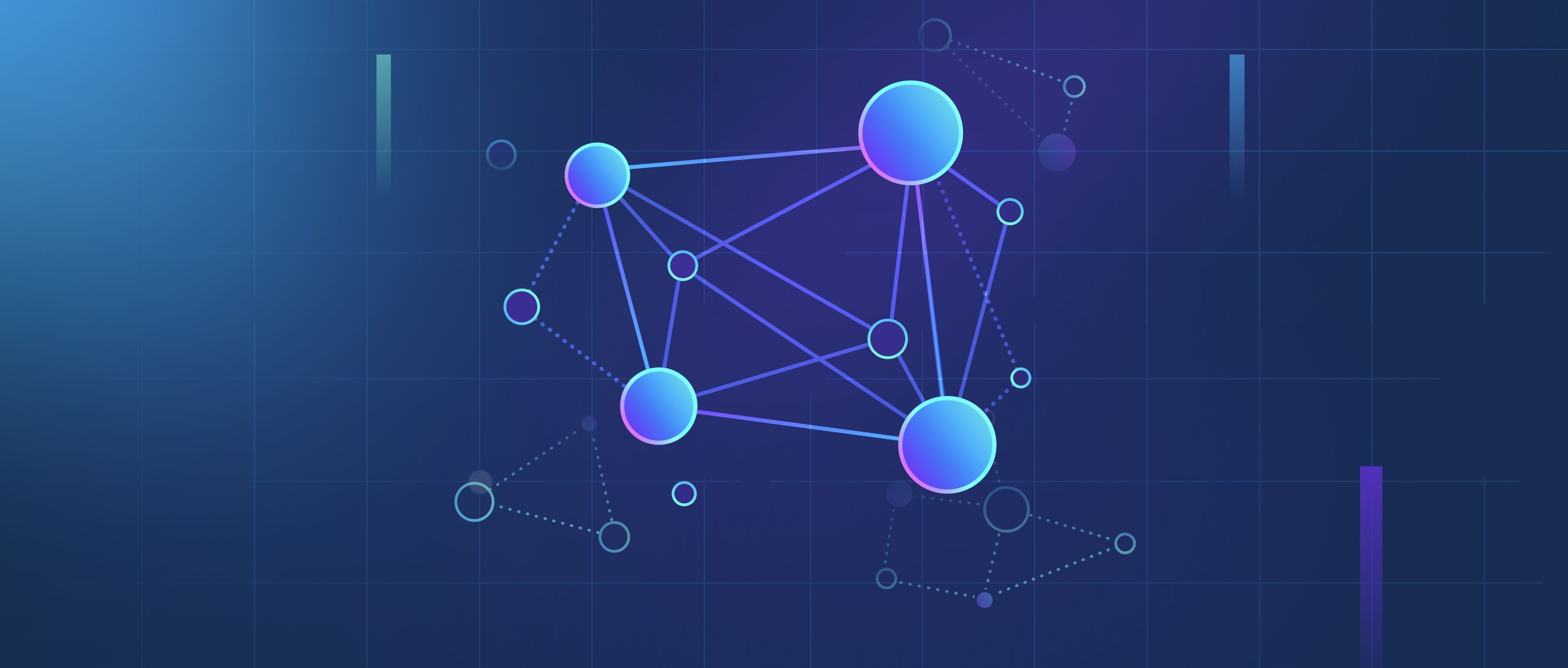In image segmentation, a mask refers to a binary image where specific pixels are labeled to represent areas of interest or different regions within the image. Typically, these regions are classified as either foreground (objects of interest) or background. A mask is a crucial tool used in the process of segmenting an image into meaningful parts. For example, in semantic segmentation, where the goal is to label each pixel in an image with a corresponding class, the mask would contain a value of 1 for pixels belonging to an object class (e.g., a car or tree) and 0 for the background. Masks are used in various applications, such as object detection, medical imaging, or autonomous driving. In instance segmentation, a mask is even more specific and defines the exact boundaries of each distinct object instance in an image. The process of generating a mask involves using algorithms that differentiate various objects or regions in an image based on features like color, texture, and intensity.
What is a mask in image segmentation?

- Evaluating Your RAG Applications: Methods and Metrics
- The Definitive Guide to Building RAG Apps with LlamaIndex
- Embedding 101
- Master Video AI
- How to Pick the Right Vector Database for Your Use Case
- All learn series →
Recommended AI Learn Series
VectorDB for GenAI Apps
Zilliz Cloud is a managed vector database perfect for building GenAI applications.
Try Zilliz Cloud for FreeKeep Reading
What is bipedal locomotion, and how do robots achieve it?
Bipedal locomotion refers to the ability to walk or run using two legs, a skill that humans and many animals possess. In
What is the definition of salient object in computer vision?
A salient object in computer vision refers to the most visually prominent or attention-grabbing object in an image. Thes
How does SHAP help in explaining machine learning models?
SHAP, or Shapley Additive Explanations, is a method used to interpret the predictions of machine learning models by quan